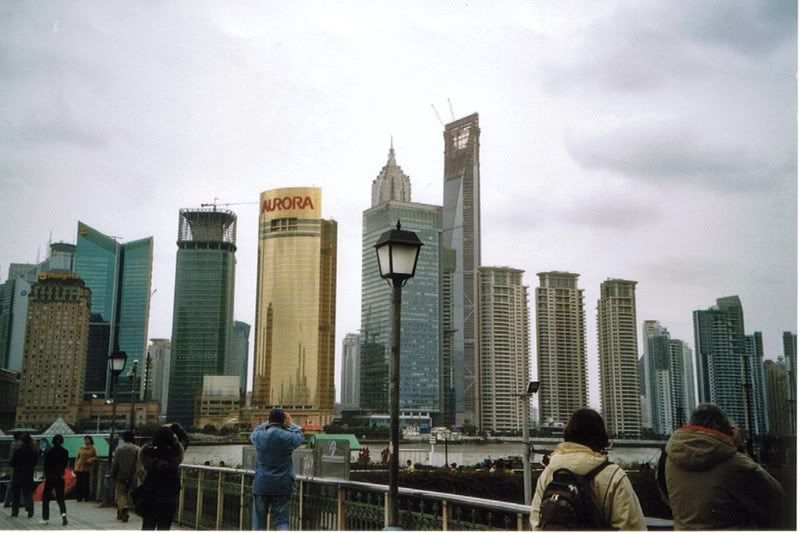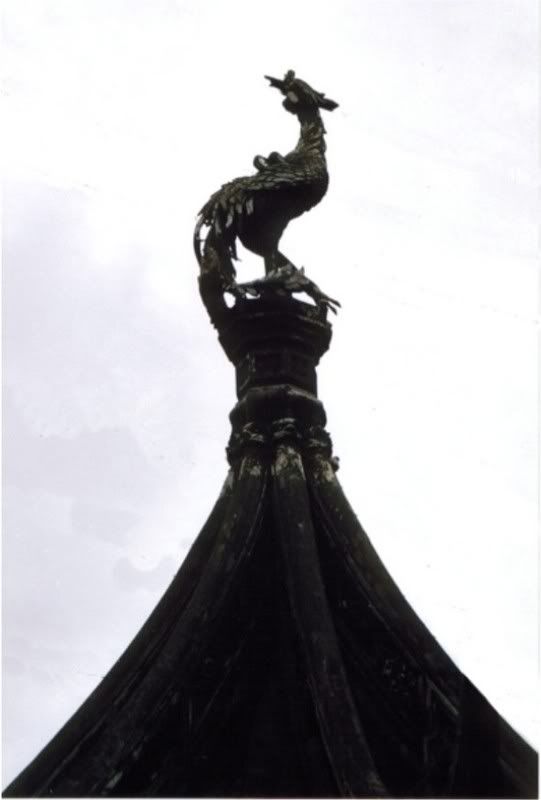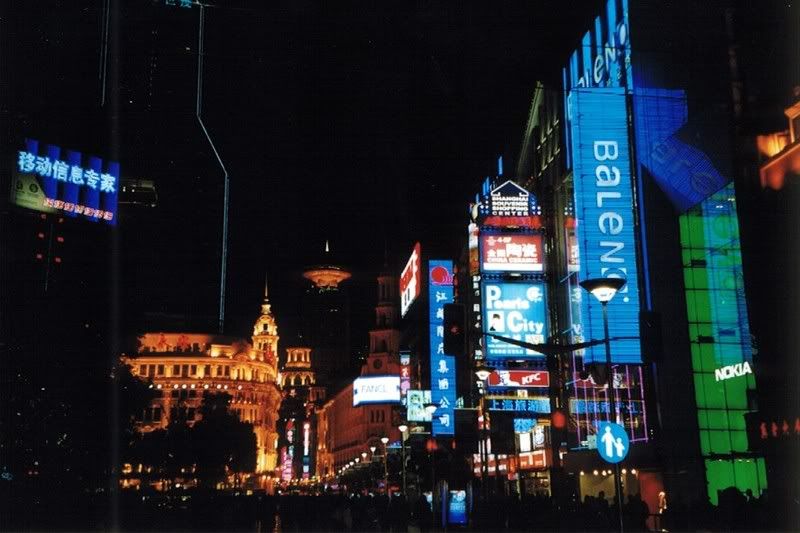China, November 2007 - part 1 |
Ni hao!
Shanghai is situated on the banks of the Yangtze River Delta in East China, and it is the largest city of the People's Republic of China and the seventh largest in the world.
Die Hafenstadt Shanghai liegt am Yangzte-Fluß im Osten Chinas und ist die bedeutendste Industriestadt der Volksrepublik China, gleichzeitig deren grösste Stadt, und die siebtgrösste der Welt.

Der Jadebuddha-Tempel (Yufosi) wurde im Jahr 1882 für zwei Jade-Buddha Statuen erbaut, die der Mönch Hui Gen aus Birma auf dem Seeweg nach Shanghai gebracht hatte. Die sitzende Buddhastatue ist 1,95 Meter hoch und wiegt 3 Tonnen. Die kleinere, liegende, Buddhastatue stellt Buddhas Tod dar.

The
temple also contains a much larger reclining marble Buddha, donated
from Singapore, and visitors may mistake this larger sculpture for the
original, smaller piece.
Im Tempel befindet sich außerdem noch eine größere liegende marmorne Buddhastatue aus Singapur, die oft mit der originalen kleineren Buddhastatue verwechselt wird.
Im Tempel befindet sich außerdem noch eine größere liegende marmorne Buddhastatue aus Singapur, die oft mit der originalen kleineren Buddhastatue verwechselt wird.

Das höchste Gebäude in Shanghai ist der 468 Meter hohe Fernsehturm (Oriental Pearl Tower) in Pudong. Er ist das höchste Gebäude in Asien, und das dritthöchste der Welt.

Skyscraper skyline

Waterbund, or short Bund


Der Yu-Yuan-Garten in der Altstadt gilt als einer der schönsten Gärten Chinas. Er wurde 1559 von Pan Yunduan, einem hohen Beamten der Ming-Dynastie, im Lauf von 20 Jahren als Alterssitz für seinen Vater Pan En erbaut.

The Dragon was the symbol of the Emperor - here he is crowning a wall in the Yuyuan Garden.
Der Drache war das Symbol der Kaiser, hier bekrönt ein Exemplar eine der Mauern des Yu-Yuan-Garten.
Der Drache war das Symbol der Kaiser, hier bekrönt ein Exemplar eine der Mauern des Yu-Yuan-Garten.

The Phoenix was the symbol of the Empress. I saw lots of them - but a single certain alive one would have done it for me 
Der Phoenix war das Symbol für die Kaiserin. Ich sah ziemlich viele davon, aber ein einziger ganz bestimmter lebender hätte mir völlig gereicht ....

Der Phoenix war das Symbol für die Kaiserin. Ich sah ziemlich viele davon, aber ein einziger ganz bestimmter lebender hätte mir völlig gereicht ....

Shanghai lights - Shanghai bei Nacht
Well, the next day it was off by train to Hangzhou. See on the next page.
Nun, am nächsten Tag ging es mit dem Zug nach Hangzhou. Darüber dann auf der nächsten Seite.
Well, the next day it was off by train to Hangzhou. See on the next page.
Nun, am nächsten Tag ging es mit dem Zug nach Hangzhou. Darüber dann auf der nächsten Seite.

Photos: EFi
| Originally posted in my MySpace Blog on Dec.13, 2007 | Transfered to this site on Dec. 13, 2010 | Continue to Hangzhou | back home |